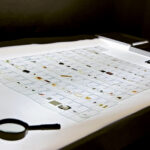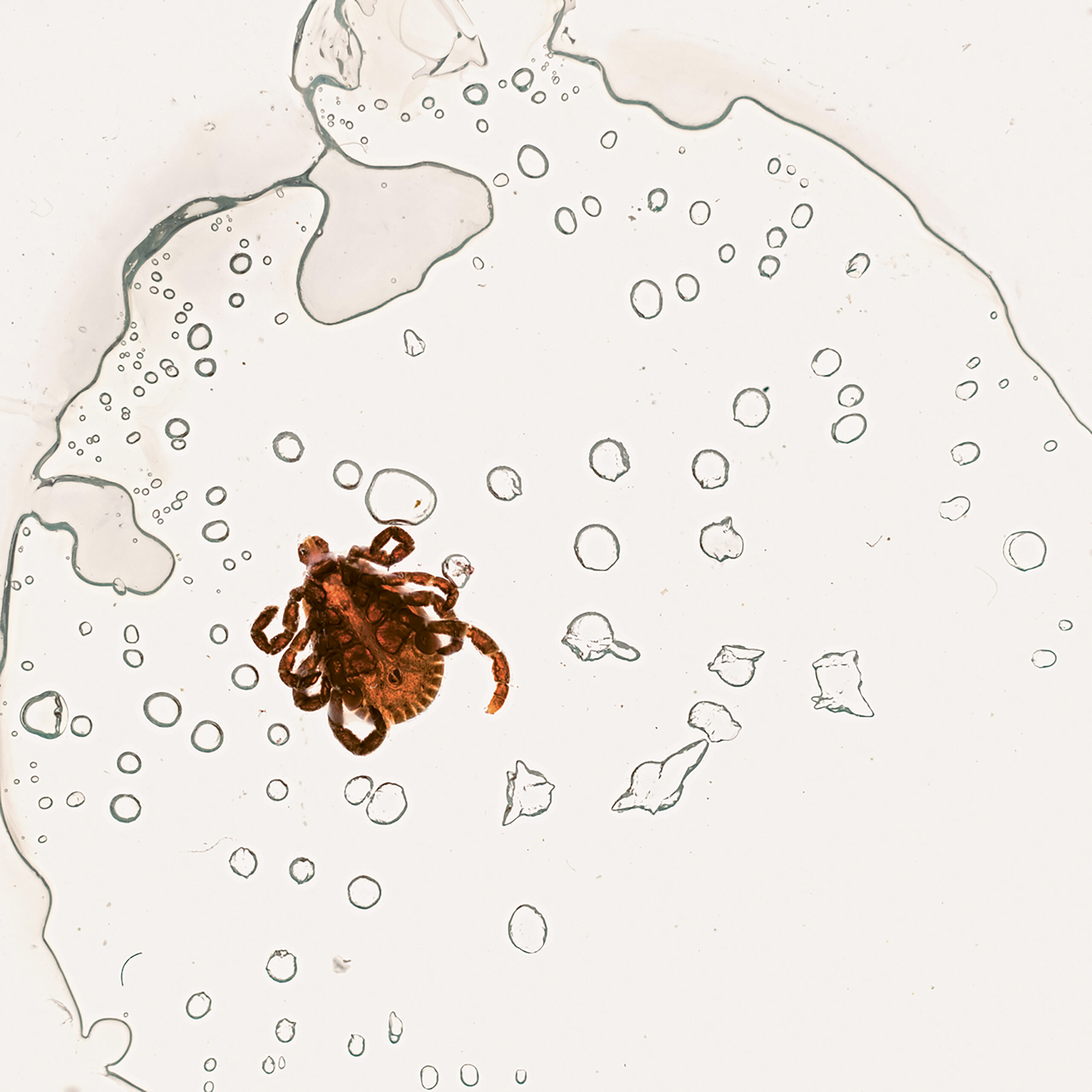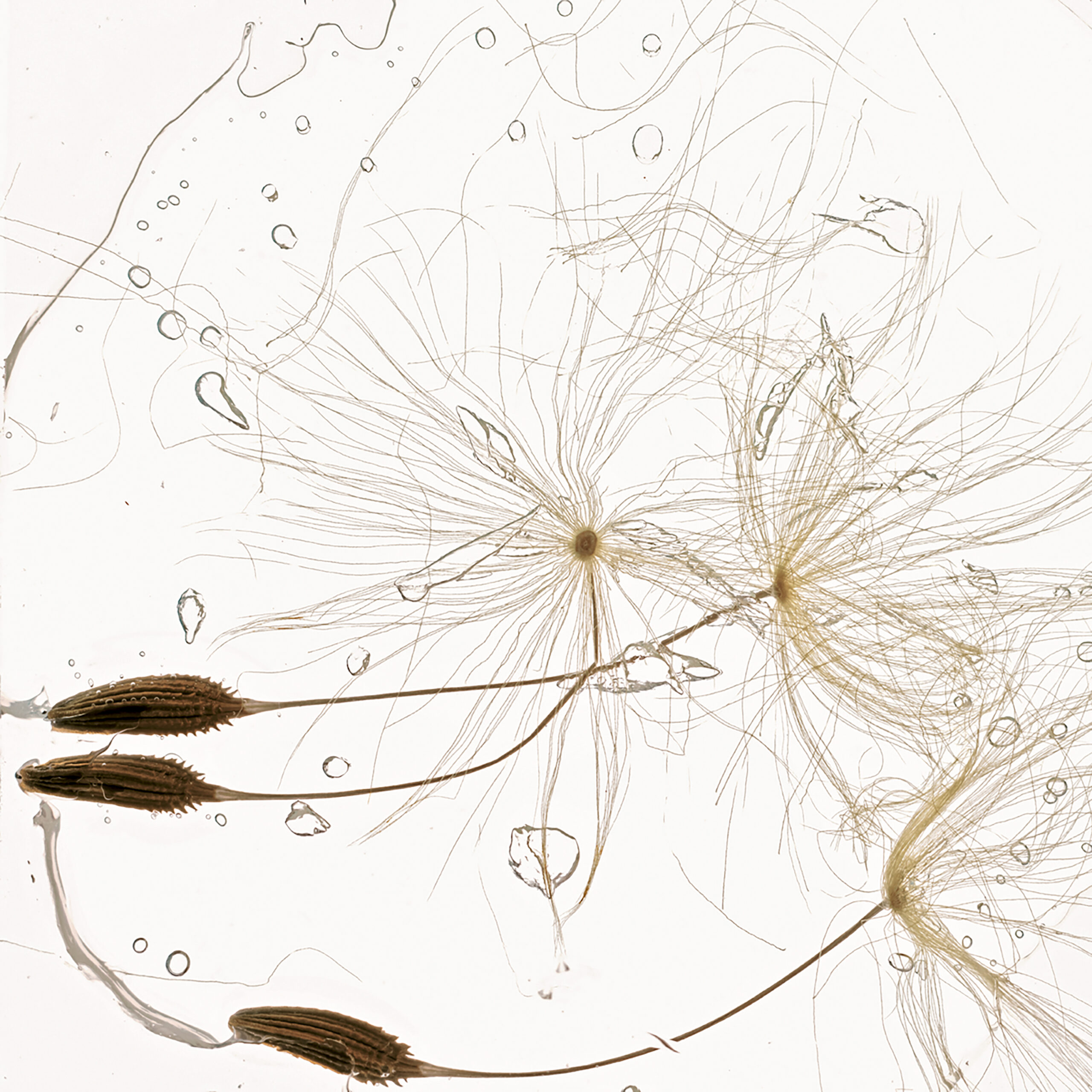
By Tom Moore
Close your eyes and picture, if you will, something scientific. Perhaps your mind conjures up an image of space exploration, or a melting glacier affected by climate change, or the eyes of a mosquito enlarged by an electron microscope. Whatever you imagined, it was almost certainly influenced by the field of photography, which since its invention in the early 1800s has cast its eye on the world around us, allowing us to see, share, and interpret our surroundings in new ways.
The intersection of photography and science has long intrigued UMBC visiting senior research scholar Marvin Heiferman. “I’ve been fascinated by science photography for years—pictures of microbes too small to be detected by the human eye, of stars or galaxies too distant to be directly experienced, and of processes that unfold too quickly or slowly to be easily perceived,” he says.
In 2016, Heiferman organized a multi-year project, Seeing Science, funded by the Office of Research and the Center for Art, Design, and Visual Culture. He engaged faculty, students, and alumni from across the disciplines (joined by other eminent scholars around the country) to explore how we see science via a series of public and online events, film screenings, an exhibition, and a website designed to spark interdisciplinary dialogue.
Now, Heiferman’s work has culminated in the publication of a book, Seeing Science: How Photography Reveals the Universe, released this spring as a partnership between UMBC and Aperture, a non-profit foundation and publisher dedicated to the advancement of photography. Replete with images from the dawn of photography through the present day, the handsome volume features dozens of essays—on subjects ranging from facial recognition to the discovery of x-rays to science fiction and more—and, of course, hundreds of photographs.
 Demonstration of site specific poster for transit shelter, North Avenue, Baltimore, 2011. Art by Lynn Cazabon from the series Uncultivated.
Demonstration of site specific poster for transit shelter, North Avenue, Baltimore, 2011. Art by Lynn Cazabon from the series Uncultivated.
Retired astronaut Scott Kelly, who attended UMBC in the 1980s, provided the book’s foreword, in which he describes his year on the International Space Station, taking photographs of the cosmos, of Earth’s geography, of snowstorms, and of cities illuminated at night.
Two UMBC faculty contributed essays to Seeing Science: Mark Alice Durant, professor of visual arts, writes about “The Wonder of Evidence,” tracing a dance between knowledge and wonder, documentation and astonishment, and fact and fiction; and Joseph Tatarewicz, associate professor of history and director of the human context of science and technology program, penned “Science Fiction and Moving Images,” examining film from the time of Georges Méliès’ famous Le voyage dans la lune (A Trip to the Moon, 1902) to Walt Disney’s Man in Space (1955).
Rebecca Adelman, associate professor of media and communication studies, participated in several online discussions, and her perspectives on images are found throughout the book. Heiferman also explores the photography of Lynn Cazabon, professor of visual arts, and Melissa Penley Cormier, M.F.A. ’17, visual arts, program specialist in visual arts.
“Specialized images have become so ingrained in our everyday lives that we forget how profoundly they’re helping us understand the world around us,” shares Heiferman. “An MRI on an injured knee, a sonogram displayed on a refrigerator door, the facial recognition technology that lets you unlock your smartphone: they’re all are routine examples of the ways we use science photography as an everyday tool.”
 Wroclaw, Poland, 2016. From the series Uncultivated by Lynn Cazabon.
Wroclaw, Poland, 2016. From the series Uncultivated by Lynn Cazabon.
*****
Header image: Studio process of Fret & Focus project, a year of documenting worries using microscopic slides, 2016. Art by Melissa Penley Cormier.







